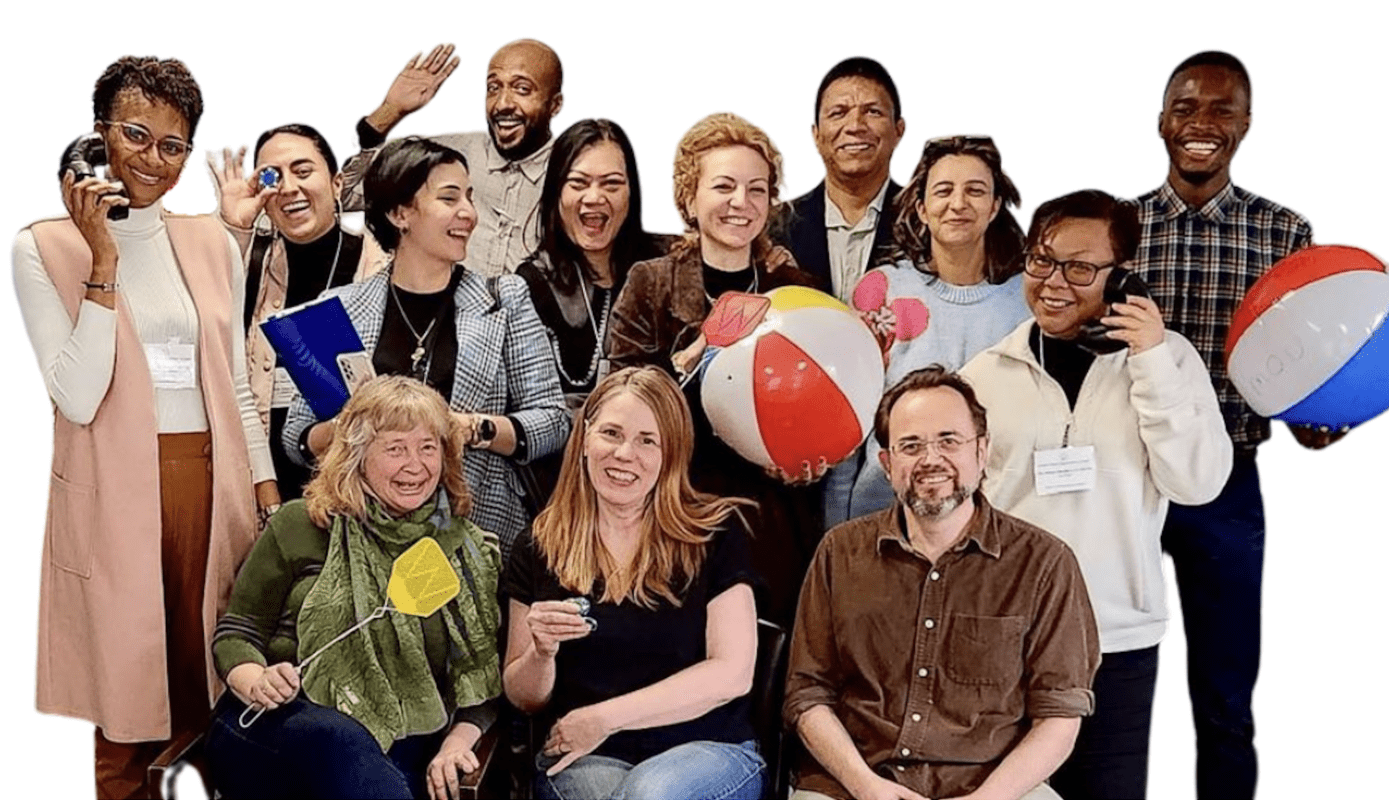As a future TESOL teacher, you’ll quickly discover that teaching English to speakers of other languages is about more than vocabulary and grammar. At ILI, it’s about understanding your students’ unique cultural perspectives and creating a supportive environment where they feel empowered to succeed.
Cultural differences can enrich your TESOL classroom, but they can also present challenges. How your students communicate, learn, and interact is shaped by their cultural backgrounds. By learning how to address these differences, you’ll foster a classroom where respect and understanding thrive.
What we’re going to discuss:
- Why Cultural Competence Matters in TESOL
- Understanding Cultural Nuances
- How to Build a Culturally Inclusive Classroom
- Building Cultural Awareness
- Adapting Your Teaching Methods
- Resolving Cultural Misunderstandings
Why Cultural Competence Matters in TESOL
In TESOL — Teaching English to Speakers of Other Languages—you’re not just teaching a new language; you’re bridging cultures. On one of our TESOL certificate programs where you’ll get experience of teaching multilingual and multicultural groups, you’ll see how your students bring their own values, beliefs, and traditions into the classroom, all of which shape how they learn and interact.
Cultural competence means understanding these perspectives and using that knowledge to guide your teaching. When you’re culturally aware, you’ll be able to connect more deeply with your students, create a welcoming space for learning, and help them feel more confident as they develop their English skills. Are you considering TESOL certification? Explore our TESOL Certification Guide to get started on your teaching journey.
Understanding Cultural Nuances

Culture is like an iceberg: the surface shows visible elements like food, clothing, and language, but below lies a much larger, hidden layer—values, beliefs, and communication styles. As a TESOL teacher, you’ll need to navigate these deeper cultural elements to foster understanding and connection in your classroom.
Here are some key cultural differences you may encounter:
Individualism vs. Collectivism
In individualistic cultures, such as the U.S. or Australia, personal achievements are often emphasized. In collectivist cultures, like Japan or Mexico, group harmony and teamwork take precedence. These differences may affect how your students participate in group activities or express their opinions.
High-Context vs. Low-Context Communication
In high-context cultures, such as those in China or the Middle East, meaning is often conveyed through nonverbal cues and shared understanding. Low-context cultures, like Germany or Canada, rely on clear and direct verbal communication. Understanding these styles will help you interpret your students’ questions and responses.
Power Distance
Some cultures, such as South Korea or India, place a high value on respecting authority. In these classrooms, students may hesitate to challenge or question their teacher. In contrast, students from low power-distance cultures, like the Netherlands or New Zealand, may expect more informal, open dialogue.
Attitudes Toward Time
Students from monochronic cultures, like Japan or Switzerland, tend to value punctuality and strict schedules. In polychronic cultures, such as those in Latin America, relationships and flexibility often take priority over adhering to the clock.
Approaches to Learning
In some cultures, memorization and teacher-led instruction are standard, while others encourage independent exploration and collaborative learning. You’ll need to adapt your methods to ensure all students feel supported.
By acknowledging these differences, you’ll not only understand your students better but also create an environment where they feel valued and engaged.

How to Build a Culturally Inclusive Classroom
Your TESOL classroom should be a place where every student feels respected and included. At ILI, we’ve seen how powerful it can be when teachers build a space where cultural diversity is celebrated. Here’s how you can achieve that:
Build Respect and Trust
Set clear expectations for respectful interaction early on. Encourage empathy, active listening, and open-mindedness so that your students understand the importance of positive communication. Let your students know it’s okay to share their thoughts and experiences without fear of judgment. A safe classroom fosters collaboration and confidence.
Celebrate Diversity
Incorporate culturally relevant materials like books, music, and films that reflect your students’ backgrounds. Organize cultural events such as international food festivals or student-led presentations where students can share their traditions. Our students bring home-made food into school to share on a regular basis!
Promote Curiosity and Open-Mindedness
Encourage students to ask questions and explore different cultural perspectives. As they interact with one another, they’ll develop empathy and build their skills as global citizens.
Building Cultural Awareness
Cultural awareness begins with understanding how your own culture shapes your assumptions. When you develop this awareness, you’ll be better equipped to recognize and respect the diverse perspectives your students bring to the classroom.

Compare and Contrast Cultures
Discuss everyday practices like greetings, gift-giving, or dining etiquette. Encourage students to share their own traditions and reflect on similarities and differences.
Facilitate Intercultural Dialogues
Create opportunities for students to talk about their cultural experiences with their peers. These conversations help build connections and mutual understanding.
Adapting Your Teaching Methods
No two students learn the same way, and culture often plays a big role in shaping learning preferences. As a TESOL teacher, you’ll need to adjust your teaching style to meet the needs of your diverse classroom.
Be Mindful of Learning Styles
Some students prefer hands-on activities, while others excel with auditory or visual materials. Consider offering a mix of activities that cater to different learning preferences.
Tailor Your Feedback
Feedback is essential for growth, but cultural norms vary widely. While some students may expect direct feedback, others may find it uncomfortable. Use clear, respectful language, and emphasize encouragement alongside constructive criticism.
Resolving Cultural Misunderstandings
Cultural misunderstandings are natural in a diverse classroom, but they’re also opportunities for growth. As a TESOL teacher, you’ll play a key role in helping your students navigate these moments with empathy and respect.

Encourage Open Communication
Create a space where students feel comfortable expressing concerns and asking questions.
Model Active Listening
Show your students how to listen carefully, acknowledge others’ perspectives, and ask thoughtful follow-up questions.
Teach Conflict Resolution Skills
Equip your students with tools like compromise and empathy to address misunderstandings constructively.
In summary
As a TESOL teacher, you’re more than a language instructor—you’re a guide, a connector, and a bridge builder. We truly lead by example at ILI and we pride ourselves on fostering an inclusive and welcome environment, and by celebrating cultural differences. By understanding cultural differences, creating an inclusive classroom, and adapting your teaching methods, you’ll help your students develop not just their English skills but also their confidence as communicators in a globalized world.
A TESOL program with ILI goes beyond the minimum requirements of the qualification to teach English. You’ll also get an exemplary intercultural experience which will inspire you to be the best of teachers.
Ready to get started? Reach out to us at ILI. We’re here to help you every step of the way!
Related articles
- How should I prepare for the TESOL certificate program?: Top 6 tips
- TESOL Certification Complete Guide: Everything You Need to Know
- TESOL Certificate course online: Top 10 Advantages
- Meet the Language Champions: Success Stories from ILI TESOL Graduates
- Is it really beneficial getting a TESOL certificate?
- TESOL vs TEFL Certificates: Which works best to teach English in the US?
